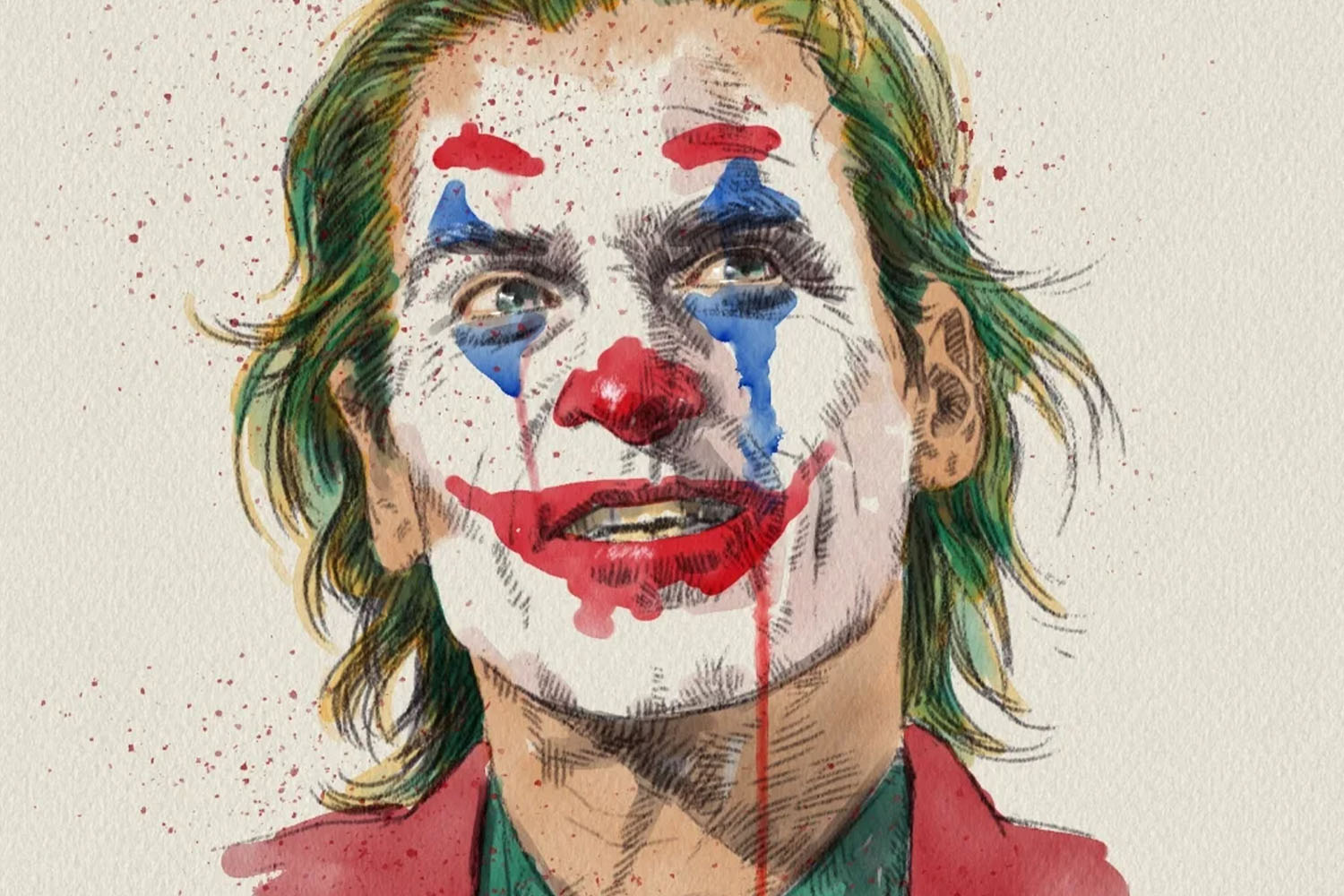Today, we had an inspiring talk with Zoltan Korcsok, a Hungarian artist whose hard work and dedication brought him to numerous top-class projects during his career. Now that we had the chance to interview him, we took the opportunity to ask about the "Joker" piece that directed us his way. This experienced painter and big comic fan also shared useful insider's tips on how to seize the opportunities to succeed in the creative industry.
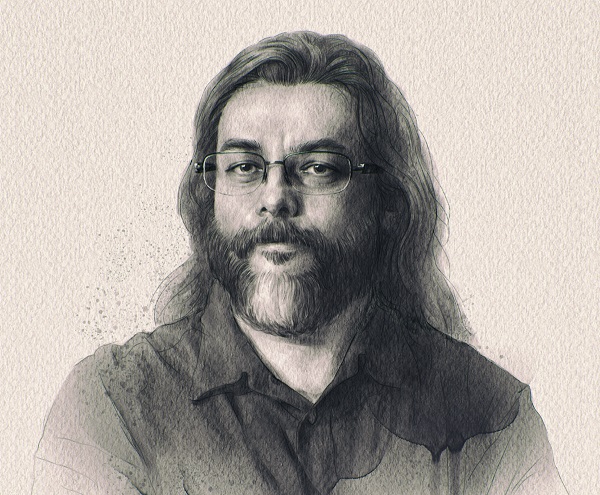
Hi Zoltan, it's nice to speak with you today. Can you give us your biography?
I am a Designer in Visual Communication Arts living in Budapest. I've been interested in drawing and painting since I was a child. I've graduated from an art and design secondary school and got a Master’s Degree of Design and Visual Communications later from the Hungarian University of Arts and Design. I worked as an illustrator, book designer, background painter, concept artist, matte painter, art director, lead artist for many years. I worked in publishing, the game industry, 2D and 3D animation industry. I worked on many projects, like the Assassin's Creed Cinematic trailers, The Witcher Cinematic trailers or the Final Fantasy movie.
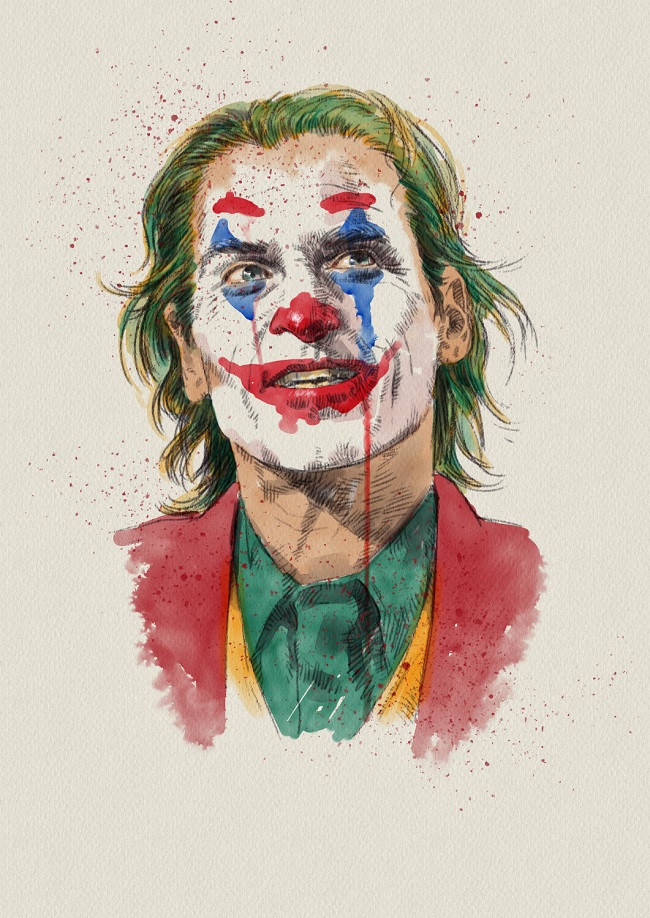
We learned about you and your work after seeing your fantastic watercolor illustration of Arthur Fleck done in Rebelle. What was the most challenging part of the process for this painting?
I like the traditional media painting tools of Rebelle. I experimented with using these tools for making illustrations. Because of the realistic simulation of paint behavior in Rebelle, I was able to use "traditional" techniques.
I got the theme from the movie Joker in which Joker is portrayed by Joaquin Phoenix. His clown makeup gave the idea for watercolor dripping.
I started drawing as if I had an aquarelle pencil, which then I softened with water. This gave the base tone, which I colored over with aquarelle paint. I turned on tilt only when creating the dropping paint.
This was the part of the process when I was able to achieve the paint drop effect on the final image. It took multiple attempts to achieve the exact length and size of droplets that I wanted. I turned up the Loading and Water properties of the brush and painted blobs with that. The ability to pause the simulation made controlling the paint and dripping very easy. The paint only spread as much as I wanted it to, but the flow still retained the appearance of unpredictability which is a characteristic of real watercolor techniques.
I developed the paper displace used for this drawing earlier. It gave a surface the exact texture quality that I wanted for spreading paint. I made it by combining different types of paper and other noise-like textures. In the Visual Settings, I increased the default Absorbency and Canvas Influence. I created a few brushes for this painting, especially for the splattering effect.
The color palette I used is the one used and recommended by Alvaro Castagnet. Alvaro Castagnet is a highly respected international watercolor artist. His works and painting technique is very impressive: https://alvarocastagnet.net/artwork/
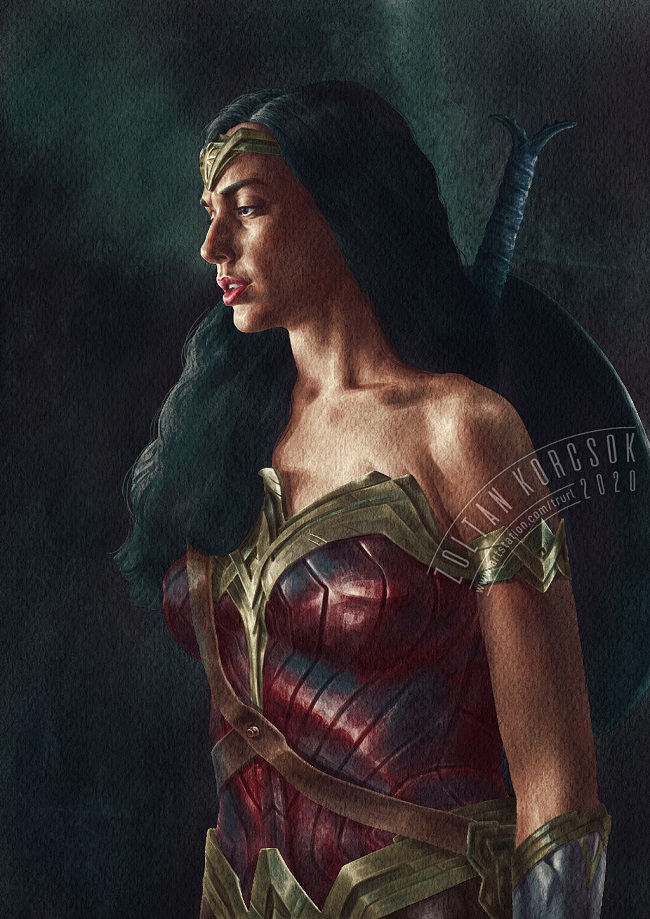
You’re skilled both in 2D and 3D art, what mediums and techniques do you prefer to use?
I don't have a preferred medium. The given theme and problem dictates what medium I will use. Recently I've only been using digital tools, but I'm used to traditional tools and techniques, like watercolor, oil paint, etching, lithography.
I mostly use a Wacom Intuos Touch S tablet for painting, drawing, and digital sculpting. I also have a Wacom Cintiq 16 pen display, which is more reminiscent of traditional drawing, and it's also easier to do fine work with the pen because I can see the canvas under my hand.
You have worked on many interesting projects throughout your career in the creative industry. According to your own experience, what would be your advice to younger artists who are on the look-out for such opportunities?
As a beginner, you can land internships or junior positions. For this, you do need to attach a carefully compiled portfolio to your application. It's good to be aware that the people screening the materials of applicants usually don't have a lot of time to look through them, therefore one should strive to only include their best works -- quality over quantity. As a lead artist I had to evaluate the portfolios of many applicants, and in my experience, the most common issue, other than mistakes in technique, is not having material relevant to the position. For example, someone applying for a matte painting position does not have any matte paintings, or someone applying to be a concept artist does not have any concept art.
It's worth following trends, both in tech and artistically. There is always new ground to cover, always new things to learn. Fortunately, in the Internet age, you have all information available. Usually, professionals working in the creative industry have the extra challenge of needing to solve new problems. It helps if you are aware of new software tools you can use, but it's also worth learning traditional techniques because you might end up needing to write calligraphic text on paper, which will be digitized.
There are more and more online courses and contests on creative community forums. These are worth participating in as a beginner because you can get more experience, as well as learn from the entries of the other contestants. For example, Artstation.com, Cubebrush.co, and Cgsociety.org regularly run contests. You can find online courses on and job listings on Artstation and CGSociety and free tutorials on 3DTotal.com.
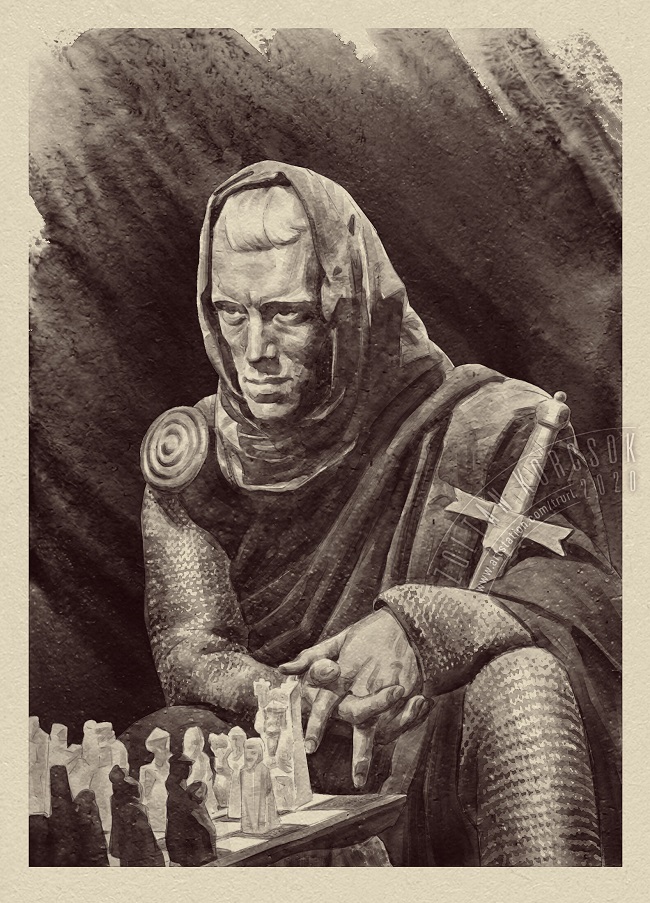
Your Pinterest profile is a wonderful and extensive gallery of the greatest comic artists and illustrators definitely worth a follow. Why did you choose this social network for this idea?
You can use Pinterest to create link collections of images available online, which is useful for collecting, organizing, and sharing reference images. Because there are many thematic collections created and tagged by users, you can find reference images more efficiently than you'd be able to with a more generic search engine.
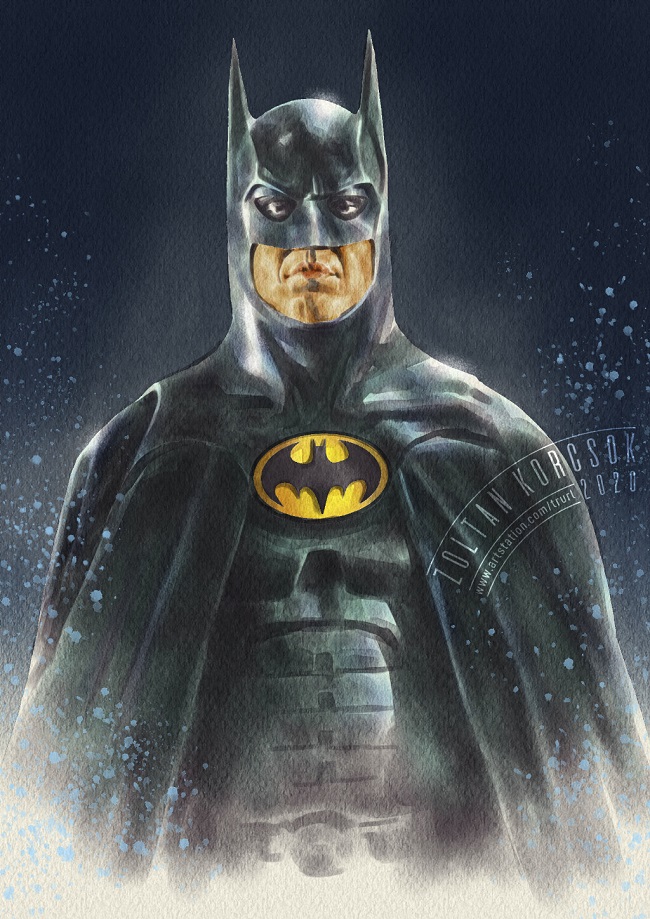
Where did your love for comics come from?
I was a fan of comic books even as a child. Back then I mainly had access to Hungarian comic books. As such the first artworks I've seen were from Ernő Zórád, Imre Sebők, and Pál Korcsmáros. Later on, I got to familiarize myself with West-European and American artists as well. Amongst my favorites are the works of Moebius, Sergi Toppi, Adam Hughes, Simon Bisley, Frank Cho, and Mike Mignola. I keep the graphic novels of Alex Toth, Alberto Breccia, and Ernő Zórád in high regard. They are able to create a visually rich and engaging composition even from the simplest scenes.
It's not uncommon that fans of graphic novels create them themselves. One of my stories has been published in a 2008 issue of Heavy Metal Magazine, which I drew on paper with isograph, and then colored and lettered digitally.
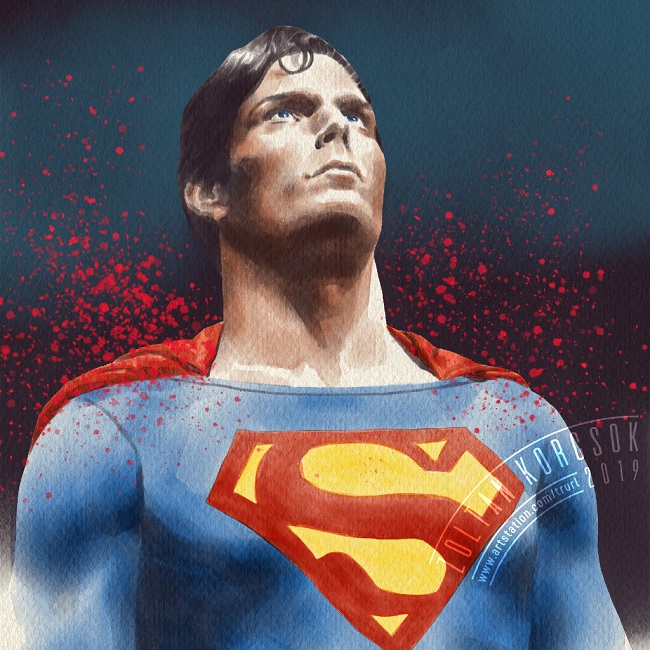
Which online resources for digital artists would you recommend following?
There are many good community sites where you can see the digital 2D, 3D artworks or ones made with traditional techniques of many artists, and you can even publish your own.
You can access articles, reference materials and tutorials on these sites, and even apply to online courses. Sites like this are for example the previously mentioned Artstation.com, Cubebrush.co, or CGSociety.org, Behance.com, and 3dtotal.com.
I'd recommend visiting these pages regularly because you can find many inspiring works and ideas on them.
We do agree! We also included some of these inspiring websites for our readers in one of our previous blog posts. Anyway, thank you for granting us this interview, Zoltan! We wish you a lot of joy while creating your fantastic art!
-----------
Visit Zoltan's portfolio at https://trurl.artstation.com.
